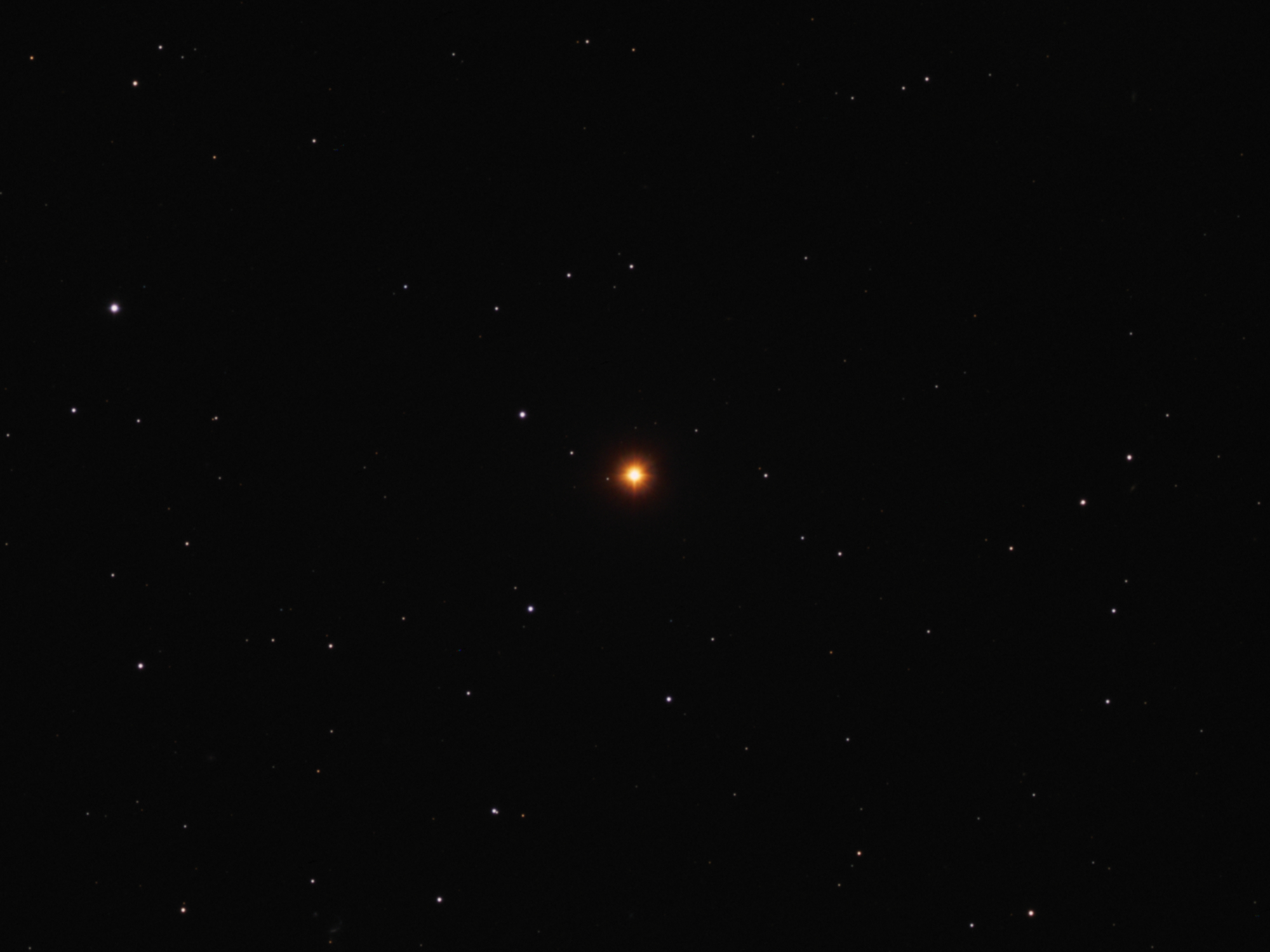|
Class C (other)
Class C may refer to: * Class-C amplifier, a category of electronic amplifier * Class C (baseball), a defunct class in minor league baseball in North America * Class C stellar classification for a carbon star * Class C drugs, under the Misuse of Drugs Act (other) of multiple Commonwealth Nations ** Class C drug, as defined by the UK's Misuse of Drugs Act 1971 * Class C network, a type of IP address on a Classful network * Class C, an airspace class as defined by the ICAO * Class C, a type of driver's license in the United States * Class C, a large goods vehicle driving licence in the United Kingdom and European driving licence * Class C, from the List of North American broadcast station classes * Class C, a type of smooth function in mathematics * Class C motorhome, a type of recreational vehicle which has a bed over the driver's cab See also * C class (other) * C (other) * Class (other) * C series (other) C series or series C may ... [...More Info...] [...Related Items...] OR: [Wikipedia] [Google] [Baidu] |
Class-C Amplifier
In electronics, power amplifier classes are letter symbols applied to different power amplifier An audio power amplifier (or power amp) amplifies low-power electronic audio signals, such as the signal from a radio receiver or an electric guitar pickup, to a level that is high enough for driving loudspeakers or headphones. Audio power a ... types. The class gives a broad indication of an amplifier's Electrical efficiency, efficiency, linearity and other characteristics. Broadly, as you go up the alphabet, the amplifiers become more efficient but less linear, and the reduced linearity is dealt with through other means. The first classes, A, AB, B, and C, are related to the time period that the active amplifier device is passing current, expressed as a fraction of the period of a signal waveform applied to the input. This metric is known as conduction angle (\theta). A class-A amplifier is conducting through the entire period of the signal (\theta=360°); class-B only for one ... [...More Info...] [...Related Items...] OR: [Wikipedia] [Google] [Baidu] |
Class C (baseball)
Minor League Baseball (MiLB) is a professional baseball organization below Major League Baseball (MLB), constituted of teams affiliated with MLB clubs. It was founded on September 5, 1901, in response to the growing dominance of the National League and American League, as the National Association of Professional Baseball Leagues (NAPBL or NA). Minor League Baseball originated as simply the organization of lower tiers of professional baseball in the United States, comprising clubs that lacked the financial means to compete with the National League and later the American League. The association of minor leagues remained independent throughout the early 20th century, protected by agreements with the major leagues to ensure they were compensated when minor-league players were signed by major-league clubs. Later, Minor League Baseball evolved to be constituted entirely of affiliates of larger clubs, giving young prospects a chance to develop their skills before competing in the major ... [...More Info...] [...Related Items...] OR: [Wikipedia] [Google] [Baidu] |
Carbon Star
A carbon star (C-type star) is typically an asymptotic giant branch star, a luminous red giant, whose Stellar atmosphere, atmosphere contains more carbon than oxygen. The two elements combine in the upper layers of the star, forming carbon monoxide, which consumes most of the oxygen in the atmosphere, leaving carbon atoms free to form other carbon compounds, giving the star a "sooty" atmosphere and a strikingly Ruby (color), ruby red appearance. There are also some dwarf and supergiant carbon stars, with the more common giant stars sometimes being called classical carbon stars to distinguish them. In most stars (such as the Sun), the atmosphere is richer in oxygen than carbon. Ordinary stars not exhibiting the characteristics of carbon stars but cool enough to form carbon monoxide are therefore called oxygen-rich stars. Carbon stars have quite distinctive stellar classification, spectral characteristics, and they were first recognized by their spectra by Angelo Secchi in the 186 ... [...More Info...] [...Related Items...] OR: [Wikipedia] [Google] [Baidu] |
Misuse Of Drugs Act (other)
{{disambig ...
Misuse of Drugs Act may refer to: *Misuse of Drugs Act 1971 in the United Kingdom *Misuse of Drugs Act 1975 in New Zealand * Misuse of Drugs Act 1977 in Ireland * Misuse of Drugs Act (Belize) *Misuse of Drugs Act (Singapore) See also *Controlled Substances Act The Controlled Substances Act (CSA) is the statute establishing federal government of the United States, federal drug policy of the United States, U.S. drug policy under which the manufacture, importation, possession, use, and distribution of ... [...More Info...] [...Related Items...] OR: [Wikipedia] [Google] [Baidu] |
Class C Drug
The Misuse of Drugs Act 1971 (c. 38) is an act of the Parliament of the United Kingdom. It represents action in line with treaty commitments under the Single Convention on Narcotic Drugs, the Convention on Psychotropic Substances, and the United Nations Convention Against Illicit Traffic in Narcotic Drugs and Psychotropic Substances. Offences under the act include: * Possession of a controlled drug unlawfully * Possession of a controlled drug with intent to supply it * Supplying or offering to supply a controlled drug (even where no charge is made for the drug) * Allowing premises you occupy or manage to be used unlawfully for the purpose of producing or supplying controlled drugs The act establishes the Home Secretary as the principal authority in a drug licensing system. Therefore, for example, various opiates are available legally as prescription-only medicines, and cannabis (hemp) may be grown under licence for 'industrial purposes'. The ( SI 2001/3998), created under t ... [...More Info...] [...Related Items...] OR: [Wikipedia] [Google] [Baidu] |
Classful Network
A classful network is an obsolete network addressing architecture used in the Internet from 1981 until the introduction of Classless Inter-Domain Routing (CIDR) in 1993. The method divides the IP address space for Internet Protocol version 4 (IPv4) into five address classes based on the leading four address bits. Classes A, B, and C provide unicast addresses for networks of three different network sizes. Class D is for multicast networking and the class E address range is reserved for future or experimental purposes. Since its discontinuation, remnants of classful network concepts have remained in practice only in limited scope in the default configuration parameters of some network software and hardware components, most notably in the default configuration of subnet masks. Background In the original address definition, the most significant eight bits of the 32-bit IPv4 address was the ''network number'' field which specified the particular network a host was attached to. ... [...More Info...] [...Related Items...] OR: [Wikipedia] [Google] [Baidu] |
Airspace Class
Airspace class is a category used to divide the sky into different zones, defined by both geographical boundaries and altitude levels. The International Civil Aviation Organization (ICAO) provides standardized airspace classifications that most countries follow. The classification dictates the level of control and services provided to aircraft operating within that airspace. However, nations may choose to implement only certain classes and modify the associated regulations and requirements to suit their needs. Additionally, countries can establish special use airspace (SUA) zones with supplementary regulations to address national security concerns or safety considerations. Abbreviations used in this article ICAO definitions On March 12, 1990, ICAO adopted the current airspace classification scheme. The classes are fundamentally defined in terms of flight rules and interactions between aircraft and air traffic control (ATC). Generally speaking, the ICAO airspaces allocate the r ... [...More Info...] [...Related Items...] OR: [Wikipedia] [Google] [Baidu] |
Driver's License In The United States
In the United States, driver's licenses are issued by each individual state, territory, and the District of Columbia (a practical aspect of federalism). Drivers are normally required to obtain a license from their state of residence. All states of the United States and provinces and territories of Canada recognize each other's licenses for non-resident age requirements. There are also licenses for motorcycle use. Generally, a minimum age of 15 is required to apply for a non-commercial driver license, and 18 for commercial licenses which drivers must have to operate vehicles that are too heavy for a non-commercial licensed driver (such as buses, trucks, and tractor-trailers) or vehicles with at least 16 passengers (including the driver) or containing hazardous materials that require placards. A state may also suspend an individual's driving privilege within its borders for traffic violations. Many states share a common system of license classes, with some exceptions, e.g. commer ... [...More Info...] [...Related Items...] OR: [Wikipedia] [Google] [Baidu] |
Driving Licence In The United Kingdom
In the United Kingdom, a Driver's license, driving licence is the official document which authorises its holder to operate motor vehicles on highways and other public roads. It is administered in England, Scotland and Wales by the Driver and Vehicle Licensing Agency (DVLA) and in Northern Ireland by the Driver & Vehicle Agency (DVA). A driving licence is required in England, Scotland, and Wales for any person (except the sovereign) driving a vehicle on any highway or other "road", as defined in s.192 Road Traffic Act 1988, irrespective of the ownership of the land over which the road passes. Similar requirements apply in Northern Ireland under the Road Traffic (Northern Ireland) Order 1981. Prior to the Brexit, UK leaving the European Union on 31 January 2020 and during the Brexit withdrawal agreement, transition period which ended on 31 December 2020, a UK driving licence was a European driving licence, adhering to Directive 2006/126/EC and valid throughout the European Econom ... [...More Info...] [...Related Items...] OR: [Wikipedia] [Google] [Baidu] |
List Of North American Broadcast Station Classes
This is a list of broadcast station classes applicable in much of North America under international agreements between the United States, Canada and Mexico. Effective radiated power (ERP) and height above average terrain (HAAT) are listed unless otherwise noted. All radio and television stations within of the US-Canada or US-Mexico border must get approval by both the domestic and foreign agency. These agencies are Industry Canada/ Canadian Radio-television and Telecommunications Commission (CRTC) in Canada, the Federal Communications Commission (FCC) in the US, and the Federal Telecommunications Institute (IFT) in Mexico. AM Station class descriptions All domestic (United States) AM stations are classified as A, B, C, or D. * A (formerly I) — clear-channel stations — 10 kW to 50 kW, 24 hours. **Class A stations are only protected within a radius of the transmitter site. **The old Class I was divided into three: Class I-A, I-B and I-N. NARBA disting ... [...More Info...] [...Related Items...] OR: [Wikipedia] [Google] [Baidu] |
Smooth Function
In mathematical analysis, the smoothness of a function is a property measured by the number of continuous derivatives (''differentiability class)'' it has over its domain. A function of class C^k is a function of smoothness at least ; that is, a function of class C^k is a function that has a th derivative that is continuous in its domain. A function of class C^\infty or C^\infty-function (pronounced C-infinity function) is an infinitely differentiable function, that is, a function that has derivatives of all orders (this implies that all these derivatives are continuous). Generally, the term smooth function refers to a C^-function. However, it may also mean "sufficiently differentiable" for the problem under consideration. Differentiability classes Differentiability class is a classification of functions according to the properties of their derivatives. It is a measure of the highest order of derivative that exists and is continuous for a function. Consider an ... [...More Info...] [...Related Items...] OR: [Wikipedia] [Google] [Baidu] |


